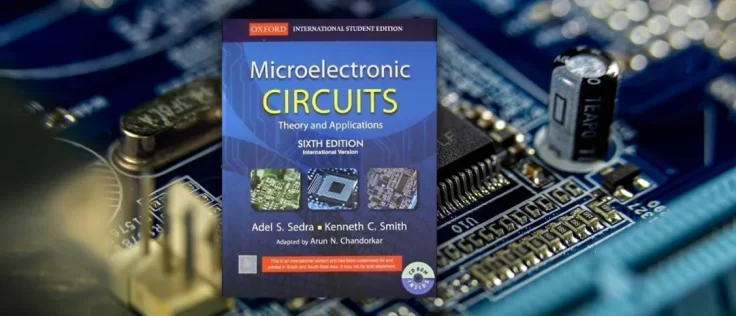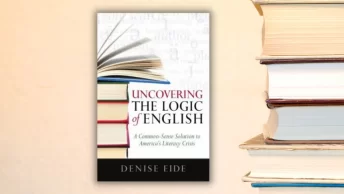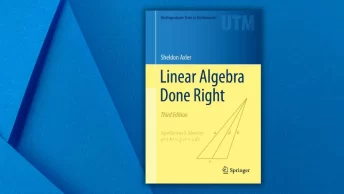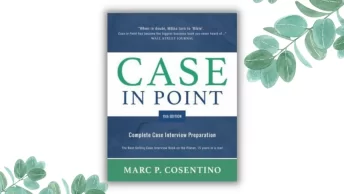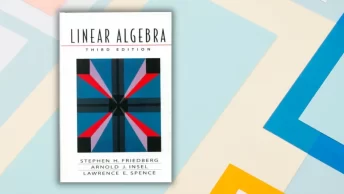Microelectronic Circuits PDF is a textbook by Adel S. Sedra and Kenneth C. Smith that is widely used in electronics and electrical engineering courses. It is intended for undergraduate students who have already completed a course in basic circuit analysis and are looking to learn more about microelectronic circuits and devices.
The book is widely used and respected in the field of electronics and electrical engineering, and it has generally received positive reviews from students and instructors. Many students and professors consider it to be a comprehensive and well-organized textbook that does a good job of explaining complex concepts in a clear and concise manner. It is also praised for its strong emphasis on analysis and design, which helps students develop important skills that are applicable in real-world situations.
Some of the main themes explored in the book include Semiconductor physics and devices, Amplifiers, Digital circuits, and Oscillators. Overall, the book is intended to provide a solid foundation in microelectronic circuits, and devices and to help students develop the skills and knowledge needed to analyze and design electronic circuits and systems.
Table of Contents
Microelectronic Circuits Summary
The book is organized into seven main sections:
- Introduction: This section provides an overview of the book and introduces some of the basic concepts and tools that are used throughout the text.
- Semiconductor Physics and Devices: This section covers the fundamental concepts of semiconductor physics, including energy bands, carrier concentrations, and transport phenomena.
- Diode Circuits: This section covers the basic principles of diode operation and explains how diodes can be used in various types of circuits, such as rectifiers, voltage multipliers, and clippers.
- Bipolar Junction Transistors: This section covers the basic principles of bipolar junction transistor (BJT) operation and explains how BJTs can be used in amplifier circuits. It also covers the frequency response of BJT amplifiers and the effect of feedback on amplifier performance.
- Field-Effect Transistors: This section covers the basic principles of field-effect transistor (FET) operation and explains how FETs can be used in amplifier circuits. It also covers the frequency response of FET amplifiers and the effect of feedback on amplifier performance.
- Operational Amplifiers: This section covers the basic principles of operational amplifier (op amp) operation and explains how op amps can be used in various types of circuits, such as comparators, integrators, and differentiators.
- Digital Circuits: This section covers the fundamental concepts of digital logic and explains how to design and analyze digital circuits using logic gates and Boolean algebra. It also covers various types of digital circuits, such as flip-flops, counters, and memories.
Details of Microelectronic Circuits Book
| Book | Microelectronic Circuits |
| Author | Adel Sedra and Kenneth Smith |
| Original language | English |
| Originally published | 1987 |
| Category | Textbook |
| Publisher | Oxford University Press |
| Total Pages | 1436 |
| Format | PDF, ePub |
Multiple Languages Editions of Microelectronic Circuits Book
Microelectronic Circuits is a widely used textbook that has been translated into several languages. Some of the languages in which the book is available to include: English, Chinese, French, German and Italian.
| Book Editions | Check Now |
|---|---|
| English | Check Price |
| Portuguese | Check Price |
About the Author
Microelectronic Circuits is written by Adel S. Sedra and Kenneth C. Smith. Adel S. Sedra was a professor of electrical and computer engineering at the University of Toronto. He was a widely respected researcher and teacher, and his research focused on the analysis and design of electronic circuits and systems.
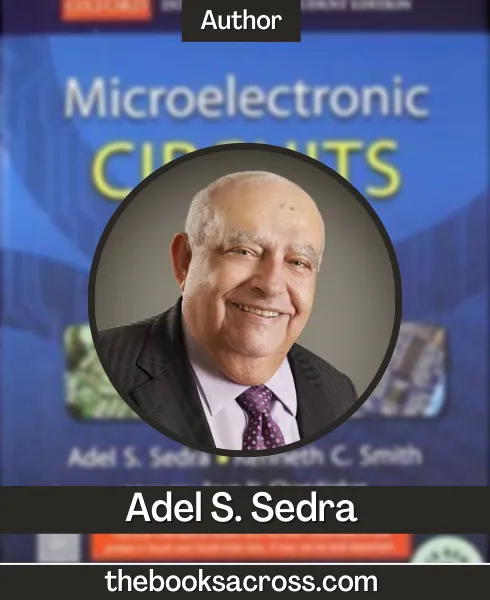
Dr. Sedra was the author or co-author of several widely used textbooks, including Microelectronic Circuits, Circuit Analysis, and Linear Circuit Analysis.
Kenneth C. Smith is a professor emeritus of electrical engineering at the University of California, Berkeley. He has taught a wide range of courses in electrical engineering, including microelectronic circuits, linear systems, and signals and systems. Dr. Smith is the author or co-author of several widely used textbooks, including Microelectronic Circuits and Signals and Systems.
Together, Drs. Sedra and Smith have written several editions of Microelectronic Circuits, which is widely considered to be a comprehensive and well-organized textbook on the subject.
Microelectronic Circuits PDF Free Download
Click on the download button below to get a pdf file of the Microelectronic Circuits book.
Similar Books to Microelectronic Circuits Book
- Electronic Devices and Circuit Theory by Robert L. Boylestad and Louis Nashelsky
- Microelectronic Circuit Design by Richard C. Jaeger and Travis N. Blalock
- Computer System Architecture by M. Morris Mano
- Fundamentals of Microelectronics by Behzad Razavi
- Microelectronic Circuits by Jacob Millman and Arvin Grabel
- Microelectronic Circuits by Adel S. Sedra and K. C. Smith
FAQs(Frequently Asked Questions)
What is the book Microelectronic Circuits about?
Microelectronic Circuits is a textbook that covers a wide range of topics in microelectronic circuits and devices.
What does the Microelectronic Circuits book teach?
The book teaches the principles of microelectronic circuits and devices, including semiconductor physics, diodes, bipolar junction transistors, field-effect transistors, operational amplifiers, and digital circuits.
How long does it take to read a Microelectronic Circuits book?
The length of time it takes to read a Microelectronic Circuits book will depend on factors such as the reader’s familiarity with the material, reading speed, and the amount of time they are able to devote to reading.
Who is the target audience of the Microelectronic Circuits book?
The book is intended for undergraduate students who have already completed a course in basic circuit analysis and are looking to learn more about microelectronic circuits and devices.
Is a Microelectronic Circuits book worth reading?
Many students and professors consider Microelectronic Circuits to be a comprehensive and well-organized textbook that does a good job of explaining complex concepts in a clear and concise manner.

